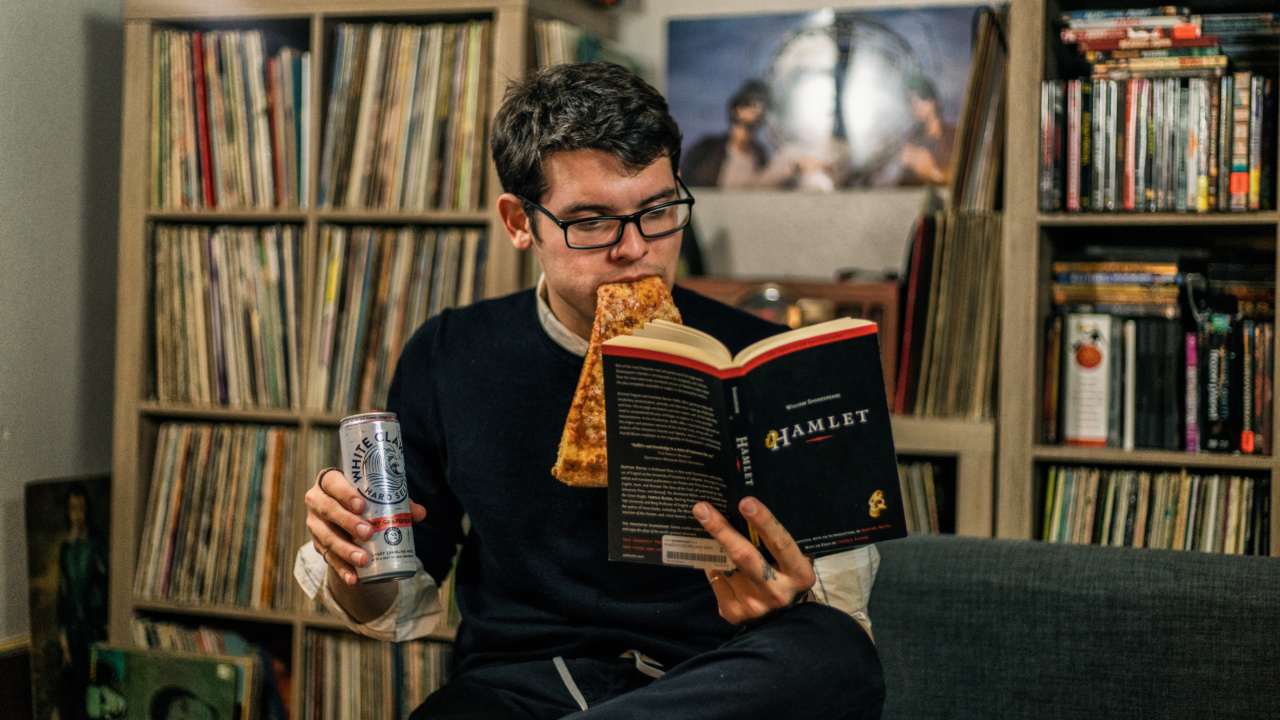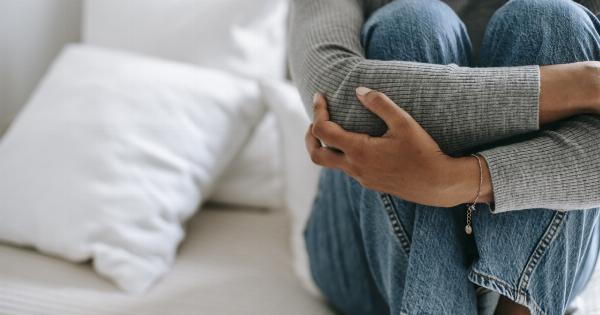Cholecystitis is a condition characterized by inflammation of the gallbladder. It can occur due to various reasons, such as gallstones, infection, or blockage of the bile ducts.
One common question many individuals have is how soon after eating can cholecystitis symptoms occur? In this article, we will explore the timing of cholecystitis symptoms after eating, its causes, and how to manage the condition effectively.
Understanding Cholecystitis
The gallbladder is a small organ located under the liver, responsible for storing bile produced by the liver. Bile aids in the digestion of fats in our diet. Cholecystitis occurs when the gallbladder becomes inflamed, causing pain and discomfort.
Typically, cholecystitis symptoms are triggered by the consumption of fatty or greasy foods. When we eat such foods, the gallbladder contracts to release bile into the small intestine.
However, if the gallbladder is already inflamed or blocked, this contraction adds pressure to the organ and exacerbates the symptoms.
Timing of Cholecystitis Symptoms After Eating
The timing of cholecystitis symptoms can vary from person to person. For some individuals, symptoms may develop immediately after eating a fatty meal, while for others, symptoms may appear hours or even days later.
There is no definitive timeline for symptom onset, as it depends on various factors such as the severity of the inflammation and the individual’s overall health condition.
However, it is important to note that cholecystitis symptoms typically occur within 30 minutes to several hours after consuming a fatty meal. The symptoms may include:.
1. Abdominal Pain
Abdominal pain is one of the most common symptoms of cholecystitis. It usually occurs in the upper right quadrant of the abdomen and may be described as a sharp, cramping, or constant pain. The pain may radiate to the back or shoulder blades.
2. Nausea and Vomiting
Many individuals with cholecystitis experience nausea and vomiting, particularly after eating a fatty meal. This occurs when the inflamed gallbladder is unable to properly release bile to aid in digestion.
The accumulation of bile can cause feelings of nausea and may lead to vomiting.
3. Fever and Chills
If cholecystitis is caused by an infection, individuals may experience fever and chills. These symptoms indicate that the body is fighting off the infection and should not be ignored.
It is important to seek medical attention if fever and chills are present, as antibiotics may be required to treat the infection.
4. Jaundice
In rare cases, cholecystitis can cause jaundice, a condition characterized by yellowing of the skin and eyes. Jaundice occurs when the inflamed gallbladder or blocked bile ducts prevent the normal flow of bile from the liver to the small intestine.
If jaundice is present, immediate medical attention is necessary.
5. Indigestion and Gas
Cholecystitis can also cause symptoms similar to indigestion, such as bloating, gas, and a feeling of fullness even after consuming small meals.
This occurs as the inflamed gallbladder struggles to release bile effectively, leading to difficulties in digesting fats.
Causes of Cholecystitis
Cholecystitis can have several causes, including:.
1. Gallstones
Gallstones occur when bile components harden and form solid deposits. If a stone gets lodged in the bile duct or gallbladder, it can lead to inflammation and cholecystitis.
2. Infection
Infection of the gallbladder can also cause cholecystitis. Bacteria entering the gallbladder can lead to inflammation and the development of symptoms.
3. Blockage of the Bile Ducts
Blockage of the bile ducts can prevent the flow of bile from the liver to the small intestine. This can result from various factors such as tumors, strictures, or cysts, leading to cholecystitis.
4. Injury or Trauma
Though relatively uncommon, cholecystitis can occur as a result of injury or trauma to the gallbladder. This may happen during surgery or due to an external impact to the abdomen.
Managing Cholecystitis
Effective management of cholecystitis requires a comprehensive approach, including medical intervention and lifestyle modifications. Treatment options may include:.
1. Medications
Depending on the cause of cholecystitis, medications may be prescribed to reduce inflammation, treat infections, or dissolve gallstones. Antibiotics may be necessary if the condition is caused by an infection.
2. Pain Management
Over-the-counter pain medications such as nonsteroidal anti-inflammatory drugs (NSAIDs) can help alleviate mild to moderate pain.
However, it is important to consult a healthcare professional before taking any medication, as they can provide personalized advice based on the specific circumstances.
3. Dietary Changes
Adopting a healthy and balanced diet is crucial in managing cholecystitis. Avoiding fatty, greasy, and processed foods can help reduce symptoms and prevent potential flare-ups.
Instead, focus on consuming a diet rich in fruits, vegetables, lean proteins, and whole grains.
4. Weight Management
Obesity and excess weight can increase the risk of developing gallstones and cholecystitis. Maintaining a healthy weight through regular exercise and portion control can promote overall gallbladder health.
5. Surgical Intervention
In severe cases of cholecystitis or when other treatment options fail, surgical removal of the gallbladder may be recommended.
This procedure, known as a cholecystectomy, is typically performed using minimally invasive techniques and can help alleviate symptoms.
Consulting a Healthcare Professional
If you suspect you have cholecystitis or experience any of the symptoms mentioned above, it is essential to consult a healthcare professional. They will evaluate your symptoms, perform necessary tests or imaging, and provide an accurate diagnosis.
Based on the diagnosis, appropriate treatment options can be recommended to effectively manage your condition.
In conclusion, cholecystitis symptoms can occur within 30 minutes to several hours after consuming a fatty meal. The timing of symptoms varies between individuals and depends on the severity of inflammation and overall health.
It is crucial to consult a healthcare professional for an accurate diagnosis and personalized treatment plan. By managing cholecystitis effectively through medical intervention and lifestyle modifications, individuals can find relief from symptoms and improve their overall quality of life.































